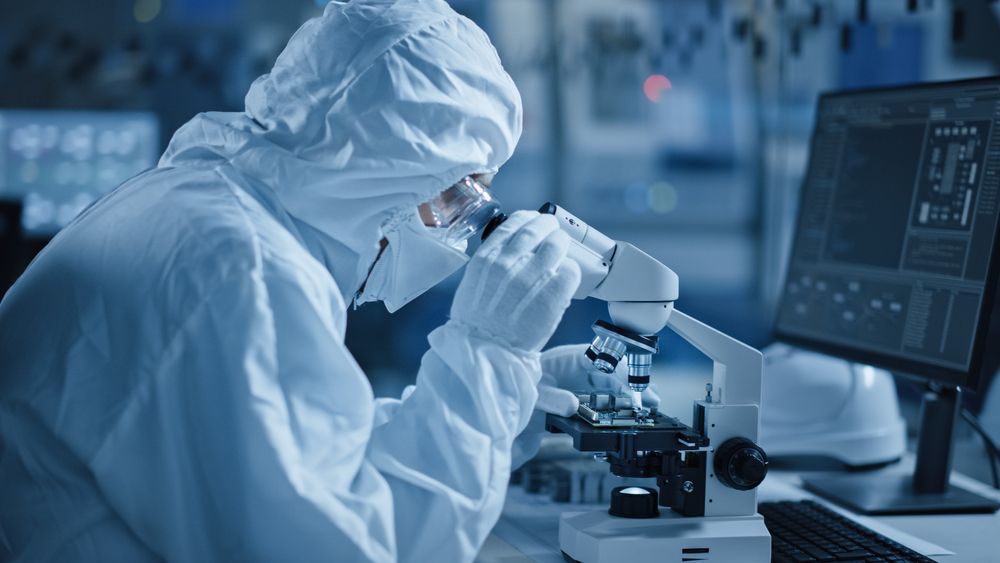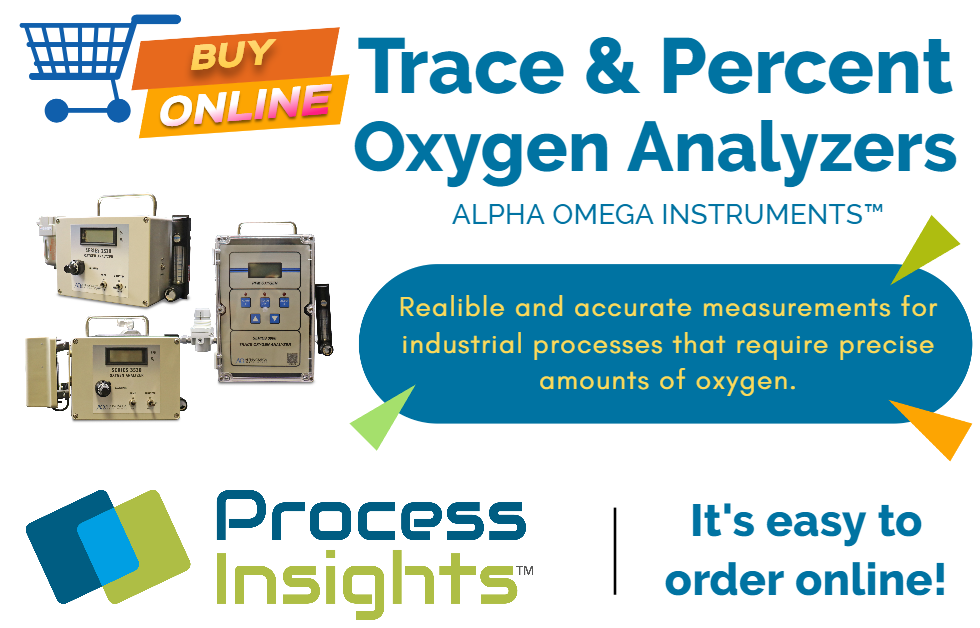Labs & Research
PROVIDING INNOVATIVE MEASUREMENT SOLUTIONS
LAB & RESEARCH
Delivering Safety & Process Monitoring Solutions, You Can Trust
Our analytical solutions play a vital role in the realm of research and laboratory applications, as they offer precise and explicit formulas that effectively describe the behavior of diverse systems and processes. The significance of these analytical solutions lies in their ability to empower researchers and scientists to make accurate predictions regarding the behavior of systems under various conditions. Over the course of several decades, our analytical solutions have consistently proven to be more accurate than competing alternatives, establishing our expertise in the field.
With our unparalleled precision measurements, we prioritize the safety of your plant, processes, the environment, and most importantly, your personnel. Our gas analysis solutions are designed to detect potentially hazardous gases, promptly alerting operators to potential safety risks. This proactive approach aids in preventing accidents and effectively safeguards both your workforce and equipment. By implementing our gas analysis systems, you gain the ability to monitor critical parameters in real-time, allowing you to promptly identify potential contaminants or deviations from desired conditions. This empowers you to take immediate corrective actions, mitigating risks associated with gas leaks, spoilage, or other hazards. Consequently, the well-being of your workforce is protected, and any potential environmental impact is minimized.
Our solutions are instrumental in ensuring compliance with stringent safety regulations and industry standards. By leveraging our cutting-edge technology, you can ensure that your production processes align with the necessary guidelines, fostering consumer trust and upholding a positive reputation in the market. Our commitment to delivering reliable and accurate analytical solutions serves as a testament to our dedication to safety, quality, and regulatory compliance. With our comprehensive suite of solutions, you can optimize your operations, minimize risks, and confidently navigate the complex landscape of safety and industry standards.
We know your process and how critical it is for you to protect precious and limited resources.
WE’RE HERE FOR YOU
APPLICATION SUPPORT
Let our Factory Trained and Certified Support Team review your application and requirements. We understand there are times when your process parameters change due to external conditions. This may require adding components to an existing stream or adding a new stream. We offer many high performance, affordable, turnkey solutions for your application. Explore our Application Support.
-

ENVIRONMENTAL RESEARCH, SAFETY & COMPLIANCE
Laboratories contain significant risks, and the prevention of laboratory accidents requires great care and reliable instrumentation and analytical solutions. Laboratory operations use hazardous chemicals and equipment, which may pose health hazards and physical hazards to laboratory personnel. Gas leaks in the laboratory are often difficult to detect and cause serious consequences. Some risks include asphyxiation, fire or explosion from compressed gases. The Occupational Exposure to Hazardous Chemicals in Laboratories standard (29 CFR 1910.1450) was created specifically for non-production laboratories.
- Ambient air analysis, pyrolysis, natural materials, isotopic analysis, greenhouse gas monitoring
- Full composition and trace gas analyzers for atmospheric chemistry and environmental research
- River water, contamination, and wastewater monitoring
- Climatic chamber and glovebox moisture, temperature and dew point sensor validation
- Trace gas analyzers for compounds, including H2O, O2, H2, CH4, NH3, CO, CO2, N2, Ar, He, VOC, HAPs, hydrocarbons, etc.
-

HELIUM SCATTERING
Secondary ion mass spectrometry (SIMS) is an analytical technique used to analyze the chemical composition of solid surfaces and thin films at the atomic and molecular scale. In SIMS, a beam of high-energy ions is directed at a sample, causing the ejection of secondary ions from the surface of the sample. These secondary ions are then analyzed using a mass spectrometer to determine their chemical identity and abundance.
One technique used to characterize the physical and electronic properties of the surface of a material is Helium Scattering using mass spectrometry. A beam of atoms, usually Helium, is aimed at a surface, and atoms from the surface are ejected. Mass Filters are used to measure the atoms that are scattered, and to pinpoint the angle and time at which the scattering atoms are being released (time of flight analysis). Since the events of this non-destructive surface science method happen quickly, this application requires the use of mass filters that provide high stability and fast response times. Our EXTREL™ Quadrupole Mass Filters and RF/DC Power Supplies are the ideal choice for scattering applications.
-

LASER ABLATION
Gas analyzers can be used in laser ablation experiments to monitor the chemical composition of the ablated material and the surrounding gas environment. In a typical laser ablation experiment, a focused laser beam is used to vaporize a small amount of material from the surface of a solid sample. The resulting plume of vaporized material expands rapidly, creating a gas environment that can be analyzed using gas analyzers.
For example, our EXTREL™ Quadrupole Mass Spectrometers can be used to monitor the composition of the gas environment during laser ablation experiments to determine the presence and concentration of specific gases, such as oxygen, nitrogen, and carbon dioxide. This information can be used to gain insights into the laser ablation process and the composition of the ablated material.
- MAX300-LG™ : Specifically designed for laser ablation applications, offering high sensitivity and fast response time to monitor the gas environment in real-time during laser ablation experiments.
- MAX300-BIO™: Designed for biological applications but can also be used for laser ablation experiments. It offers high sensitivity and the ability to detect a wide range of gases.
- MAX300-RTG™ 2.0: Designed for real-time gas analysis applications and can be used to monitor the gas environment during laser ablation experiments.
-

OUTGASSING STUDIES
Analysts use Outgassing Studies to determine the chemical and physical properties of materials that are under various temperature and pressure conditions. Outgassing research analyzes materials used in the production of Aerospace and Semiconductor devices. This application is also well-suited to analyze devices such as Medical/Surgical Equipment, Automotive Parts and High Precision Ceramics, where high quality results are critical for successful research studies.
To perform Outgassing Studies, Mass Spectrometers that provide high sensitivity and high resolution are needed. Our EXTREL™ MAX-QMS™ Mass Spectrometer System meets these needs. Along with high sensitivity up to 6 mA/Torr, the MAX-QMS System gives users the ability to measure both water and other possible contaminants. The Merlin Automation™ Data System provides the user with the ability to monitor outgassing during a short experiment, continuously for days or even weeks.
-

SECONDARY ION MASS SPECTROMETRY
Secondary Ion Mass Spectrometry (SIMS) is a technique used in materials science and analytical chemistry to analyze the composition and distribution of elements and isotopes within a solid sample. Secondary Ion Mass Spectrometry (SIMS)is used to detect and characterize trace elements at or near the surface of a solid or thin film allowing researchers to understand the chemical composition of the surface.
Our EXTREL™ MAX300-RTG™ 2.0 mass spectrometer is well-suited for SIMS analysis:
- High sensitivity: It is equipped with a high-sensitivity detector that can detect even small amounts of secondary ions generated by the SIMS process.
- High resolution: The mass spectrometer provides high resolution, enabling the identification and separation of ions with similar masses, which is important for accurate analysis of complex samples.
- Versatility: Is versatile and can be used for a range of applications, including SIMS analysis of solid samples, as well as gas analysis.
- Easy integration: Designed to be easily integrated with other SIMS systems, making it a popular choice for researchers and technicians working in the field of materials science and analytical chemistry.
-

STERILIZATION
A sterilant gas is ethylene oxide gas or hydrogen peroxide that can destroy or inactivate many types of microorganisms. Sterilant gas monitoring is the detection of hazardous gases used by health care and other facilities to sterilize medical supplies that cannot be sterilized by heat or steam methods. Continuous gas analyzers are used as part of the safety program to provide prompt alerts to nearby workers in the event that there is a leak of the sterilant gas.
- Measure sterilant gas concentration in real-time under ambient or vacuum conditions
- Monitor H2O2 and H2O, Ethylene Oxide, NOx for cycle development of sterilization chamber, filling isolators and resistometers
- Optical RH and relative saturation measurements
- Sterilization process control, logging, or troubleshooting
- Independent reference for potential load production release
-

TEMPERATURE PROGRAMMED DESORPTION
Temperature programmed desorption (TPD) is a surface analysis technique used to study the adsorption and desorption of gases on solid surfaces. TPD involves heating a sample to gradually increase the temperature while monitoring the amount of gas released from the surface. By analyzing the temperature dependence of the desorption, researchers can obtain information about the strength and nature of the adsorption.
Our EXTREL™ MAX300-EGA Evolved Gas Analysis System comes equipped to import a Start-of-Heating signal from the TGA for easy data synchronization and features a chemically inert transfer line specially designed keep the sample hot and under vacuum all the way to the ionizer, to guard against condensation or chemical interaction. The system is equipped with advanced software that allows for the automated acquisition and analysis of TPD data, as well as the generation of TPD curves and spectra. The software also includes advanced data analysis tools that enable the user to analyze the TPD data in detail and extract meaningful information about the desorption behavior of the molecules on the surface.
-

ULTRA-PURE AND PURE WATER
Pure water is a critical resource in many laboratory settings, and is used for a variety of purposes. Ultra-pure water (UPW) is water that has been purified to high levels of specification. Ultra-pure water is essential to every laboratory. UPW must not contain any detectable endotoxins. This level of purity makes it a perfect reagent for laboratory work. UPW is used in the semiconductor and pharmaceutical industries. The quality of water is defined through a series of measurements of conductivity (µS/cm) or resistivity (MΩ-cm), Total Organic Carbon (TOC) in parts per billion (ppb), and bacterial count (CFU/ml).
Our LAR™ QuickTOCultra™ TOC water analyzer uses a high-temperature catalytic combustion method to measure the total organic carbon (TOC) content of ultra-pure water. The analyzer injects a sample of the water into a furnace, where it is oxidized at high temperatures, converting the organic carbon to CO2. The amount of CO2 produced is then measured using a non-dispersive infrared (NDIR) detector, and this is used to determine the TOC content of the water.
-

WASTEWATER
Monitoring wastewater in laboratory and research industries is important. Some common parameters that are often monitored in laboratory wastewater include:
- pH: The pH of wastewater can affect its ability to support aquatic life and the efficiency of wastewater treatment processes.
- Chemical oxygen demand (COD): COD is a measure of the amount of oxygen that is required to oxidize organic and inorganic compounds in wastewater.
- Biochemical oxygen demand (BOD): BOD is a measure of the amount of oxygen that is consumed by microorganisms as they break down organic matter in wastewater.
- Total nitrogen (TN): TN is a measure of the total amount of nitrogen present in wastewater, including both organic and inorganic nitrogen.
- Total phosphorus (TP): TP is a measure of the total amount of phosphorus present in wastewater, which can contribute to eutrophication and algal blooms in receiving water bodies.











